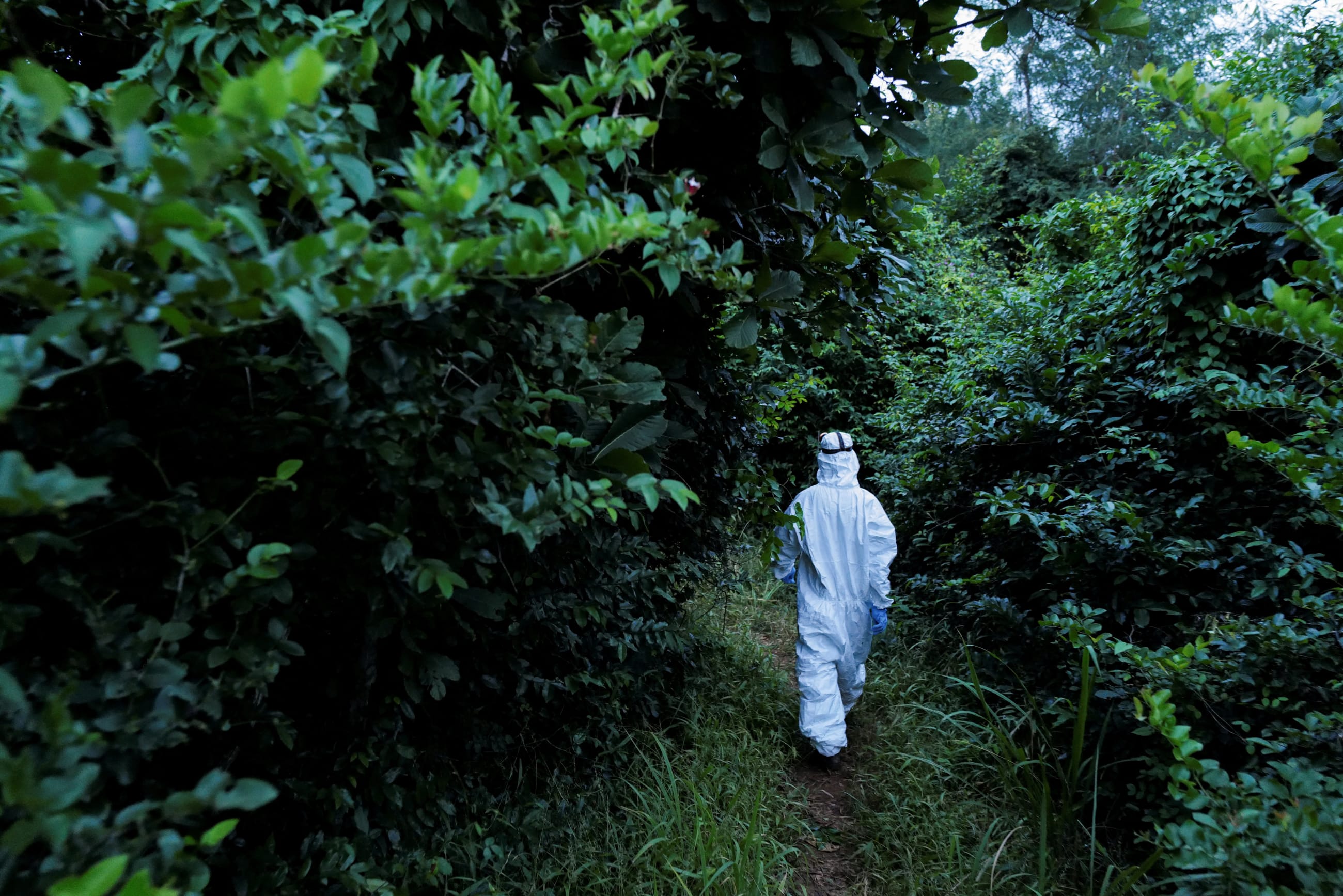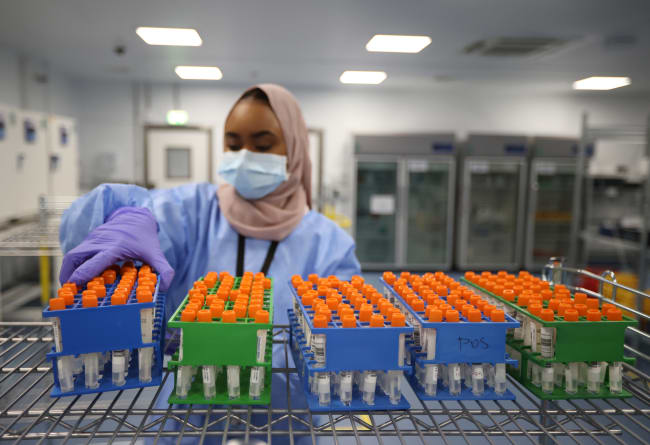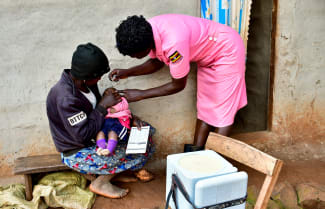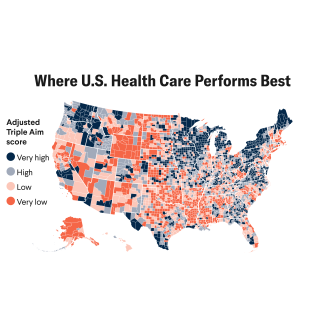Last week, on July 20, the Pandemic Fund announced the recipients of its first round of funding for pandemic preparedness and response. The fund, which pools resources from governments, philanthropies, and the private sector, will make nineteen awards totaling $338 million, including sixteen to individual countries and three to multicountry projects in the Caribbean, Latin America, and Central Asia.
The largest single contributor is the U.S. government, which has made the fund a centerpiece of its pandemic preparedness and response strategy, expending political capital to muster pledges from other countries and speed its official launch.
In spite of — or perhaps because of — U.S. government boosterism, the fund has been the target of sustained critiques. It awarded less than a third of its available resources in this first round, which it calls a "learning exercise." The decision to set such a low ceiling arguably signals to applicants that they make modest proposals rather than the moonshots that are really needed.
The World Bank said that Africa would receive the largest tranche of resources—32 percent, or just over $100 million
Against this backdrop, the list of awards is a litmus test. The fund will publish targets and dollar amounts for each grant in the coming weeks, but a spokesperson of the World Bank said that the Africa region would receive the largest tranche of resources — 32 percent, or just over $100 million. Central Asia will receive 17 percent, and Latin America and the Caribbean, South Asia, and the Middle East and North Africa each 14 percent. The East Asia and Pacific region will receive 10 percent.
However, just five of the thirty-seven countries that will receive funds are in Africa. This funding round leaves out most southern African countries hardest hit by COVID-19 and West African nations hardest hit by other outbreaks, including Ebola and Mpox. Other than Ethiopia, the countries selected — Burkina Faso, Cabo Verde, Togo, and Zambia — account for small percentages of the region's population. Africa is also missing from the list of regional multicountry awards, which make up about 18 percent of the total funding envelope.
The fund's ability to generate insights and impact in Africa was further limited by the collapse, in May, of negotiations with the Global Fund to Fight AIDS, Tuberculosis and Malaria, which planned to apply as an implementing entity but later walked that back. With activities in almost every African nation, and a stated strategy to shift from COVID-19 risk mitigation to pandemic preparedness and response, the Global Fund would have been an ideal implementing entity for a multicountry African proposal to the Pandemic Fund.
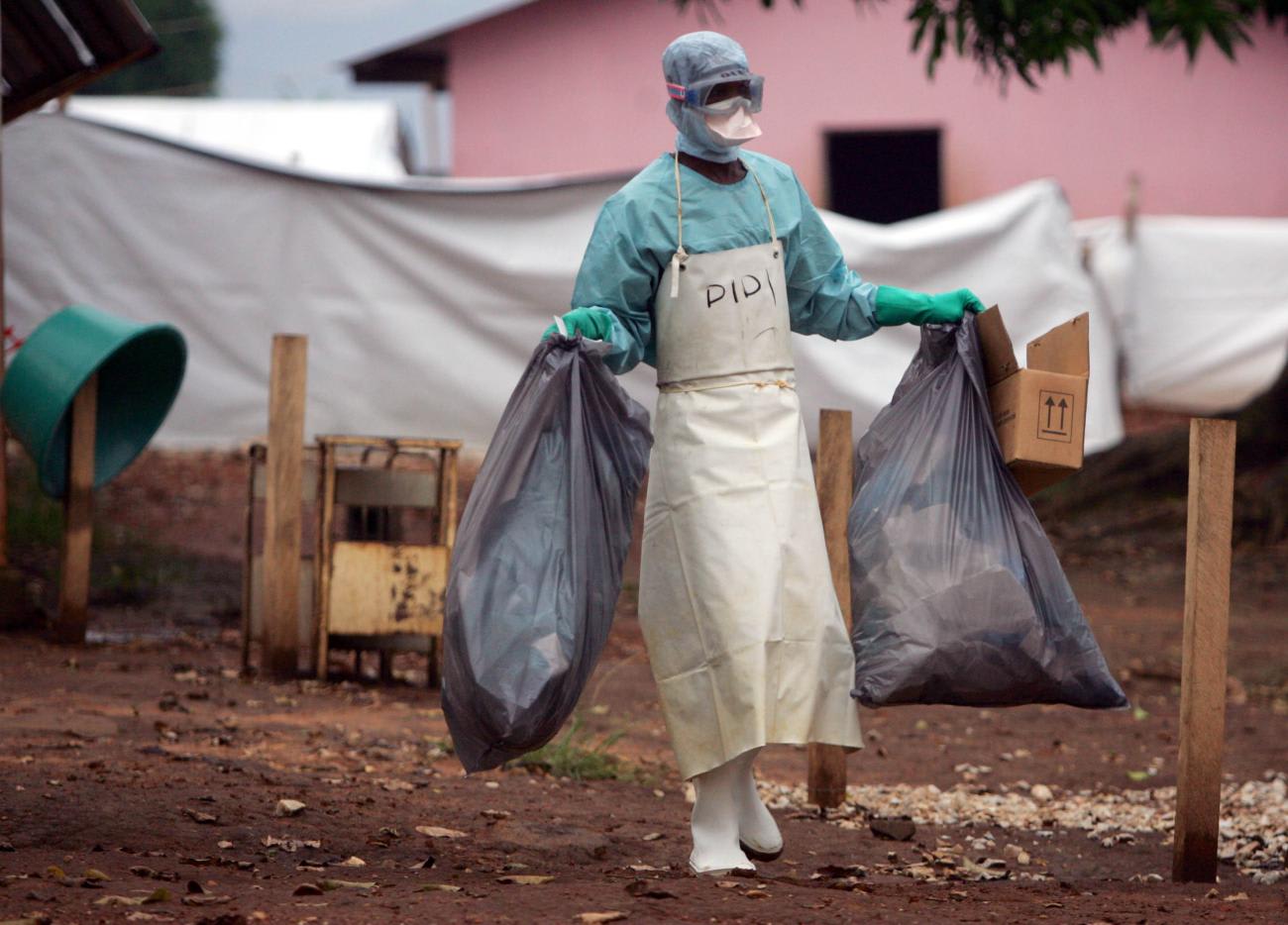
Most financial intermediary funds at the World Bank to pass grants to countries through multilateral development banks. When the Pandemic Fund was first proposed, its architects came under pressure to affirm that the Global Fund and other nontraditional organizations including Gavi, the Vaccine Alliance, and Coalition for Epidemic Preparedness Innovations (CEPI) and the Africa Centres for Disease Control and Prevention (Africa CDC) would be preapproved as implementing entities and that every effort would be made to streamline the bureaucracy of receiving, dispensing, and reporting on resources. After initially equivocating, the Pandemic Fund agreed.
For its part, the Global Fund assessed the risks and benefits of taking Pandemic Fund money, and the implications of further expanding its mandate from HIV, tuberculosis, and malaria to pandemic preparedness and response. Ultimately, the board made the decision to move forward. In February, the Global Fund submitted a nonbinding expression of interest. The next month, it sent a key staff member to attend the Pandemic Fund Board Retreat to hammer out the details.
The fund had begun the process of reprogramming $1 billion from its COVID-19 response mechanism (C19RM) for almost precisely the same focus areas as the Pandemic Fund, including disease surveillance and human resources for health and laboratories. If the two funds could align deadlines and application processes, countries applying to C19RM could also be considered as part of a multicountry proposal to the Pandemic Fund. Countries would need to submit only one application and would be able to use the Global Fund's monitoring, evaluation, grant implementation, financial reporting, and other processes for Pandemic Fund resources.
Here was a way to offering new money without new bureaucracy to countries in desperate need of financial support — and a potential win for the U.S. government, which could stretch its dollars further and demonstrate that disparate investments are part of a larger strategy.
Maintaining fair standards for multilateral and international development banks does not, by definition, advance equity for LMICs
But the partnership fell apart.
Officially, both sides explained that scheduling differences had proved irreconcilable. The Global Fund wanted to assess the C19RM applicants and then submit its proposal late; the Pandemic Fund insisted on offering all applicants the same deadline. In an email to the boards of both funds that was reviewed by Think Global Health, the Pandemic Fund's director, Priya Basu, cited "the importance of maintaining a level playing field among all Implementing Entities, with equitable treatment for all."
Maintaining fair standards for multilateral and international development banks does not, by definition, advance equity for low- and lower-middle-income nations — or the most affected groups within these countries. The Global Fund has a unique, time-tested approach to proposal development that emphasizes the inclusion of beneficiaries; the Pandemic Fund is still figuring out how to engage civil society in its proposals.
For the people and countries most affected by colliding pandemics, the stakes were sufficiently high that the partnership should not have been allowed to fall apart.
The Pandemic Fund's reputation and ability to use its initial funding round to generate as much impact as possible in African countries was on the line. A partnership might not have resulted in an award to the Global Fund, but under the circumstances the Pandemic Fund should have done whatever was needed to ensure that the Global Fund submitted an application.
The U.S. government could also have stepped in to fix things, given that it has often involved itself in the governance and strategy of the Global Fund. Although this is a perfect example of "colonized" development, it's also the realpolitik of global health in the twenty-first century. Also, in circumstances such as these, intervention would have been worth it. The Treasury Department and the State Department's Office of the Global AIDS Ambassador were both involved in the deliberations and made valiant attempts at troubleshooting, but the White House apparently failed to send a clear signal that failure was not an option.
In the coming weeks, the Pandemic Fund has promised to share more information about the grants awarded. It should also share information on qualified proposals that it was not able to fund, as the Global Fund does. This information can support an analysis of gaps in geography, income level, or focal area that should structure a second funding round focused on equity, not equality, with every effort made to establish fortified collaborations with the Global Fund and other nontraditional recipients—even if it means giving them special consideration. Playing by the rules is precisely what got the world into this precarious, pandemic-prone overheated crisis. Now is the time to break them.
DISCLOSURE: Subsequent to reporting this piece, the author began consulting for the Global Fund on community-led strategies for pandemic preparedness and response.
